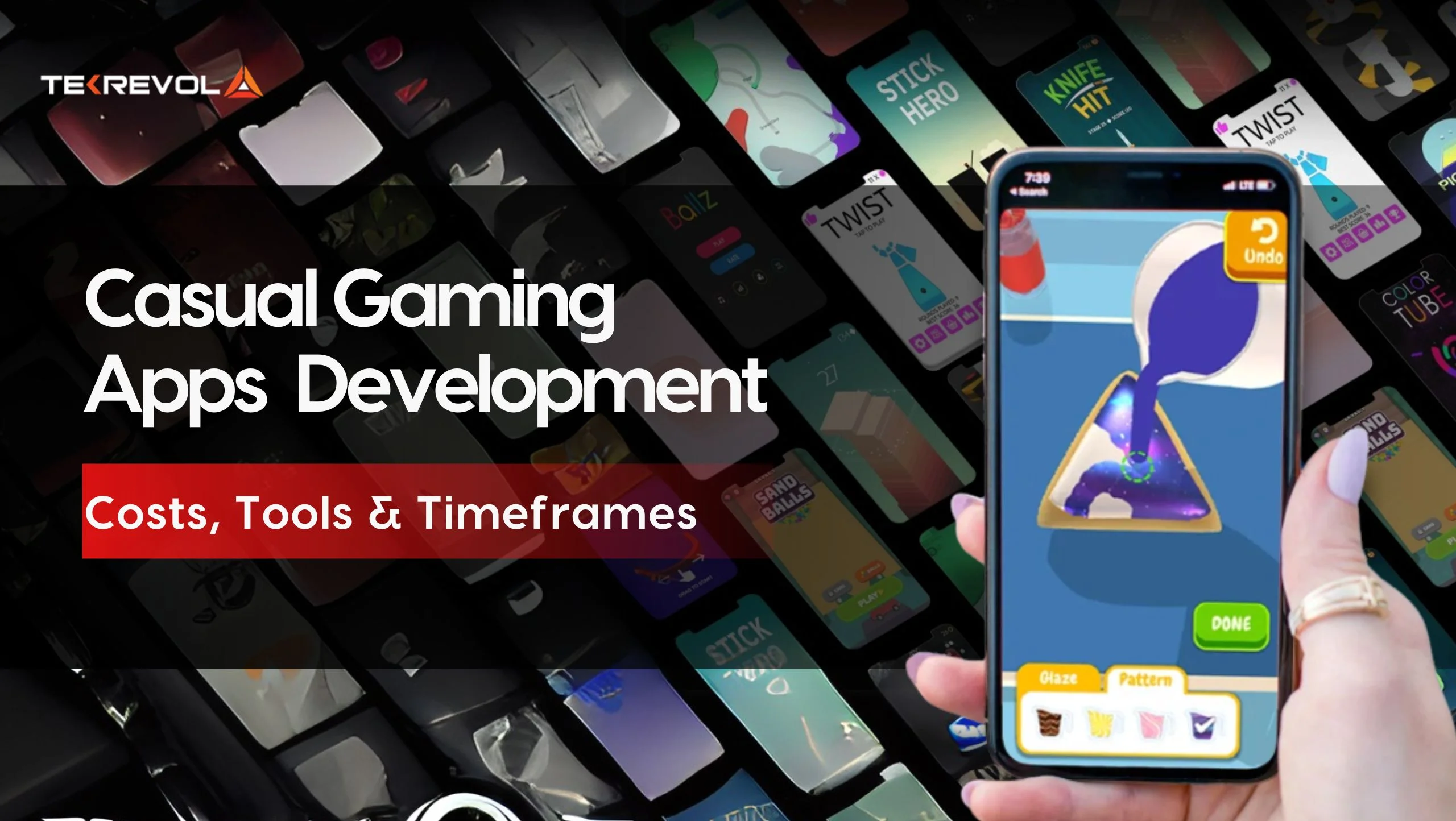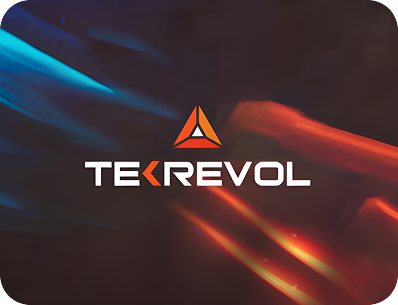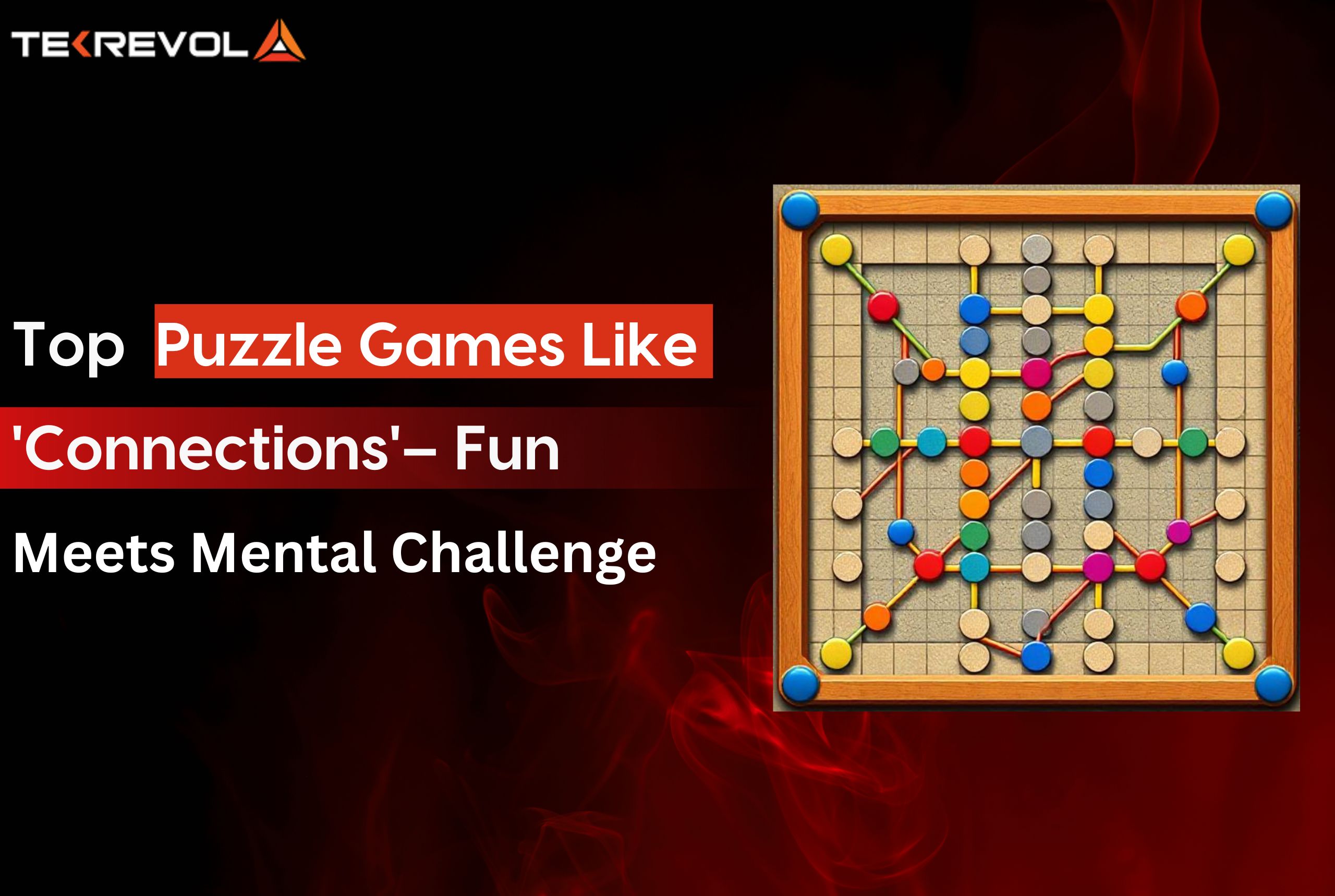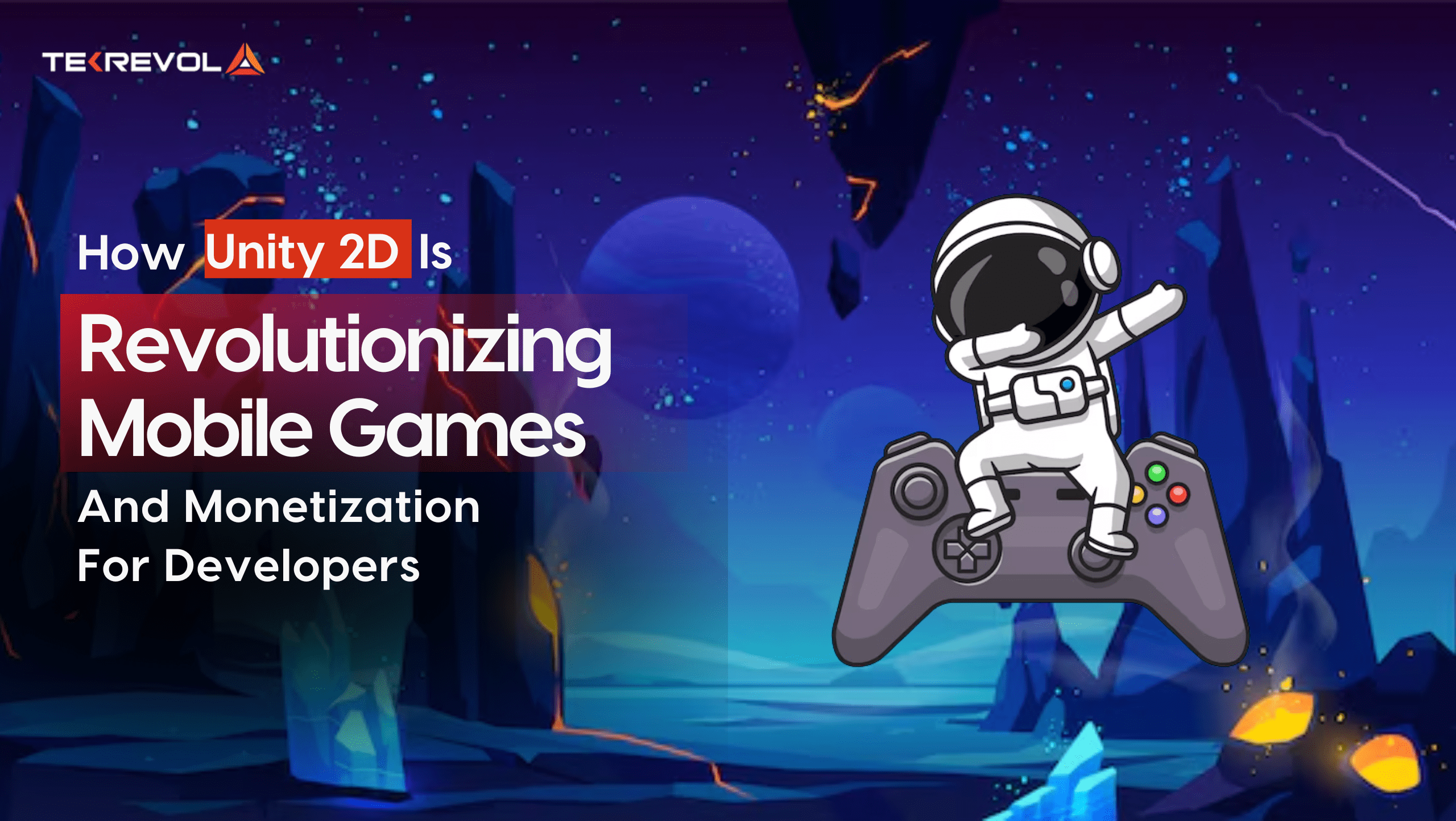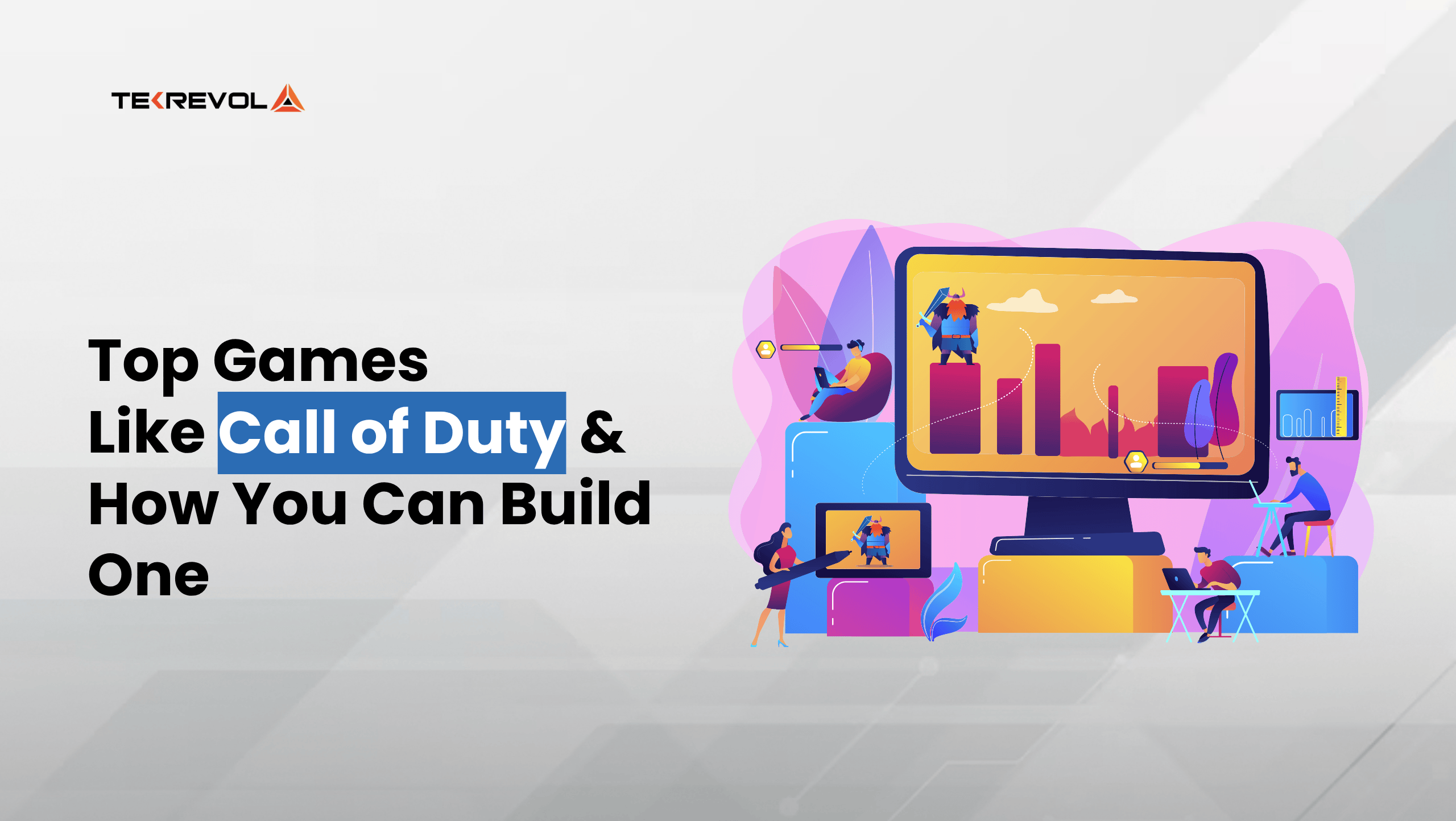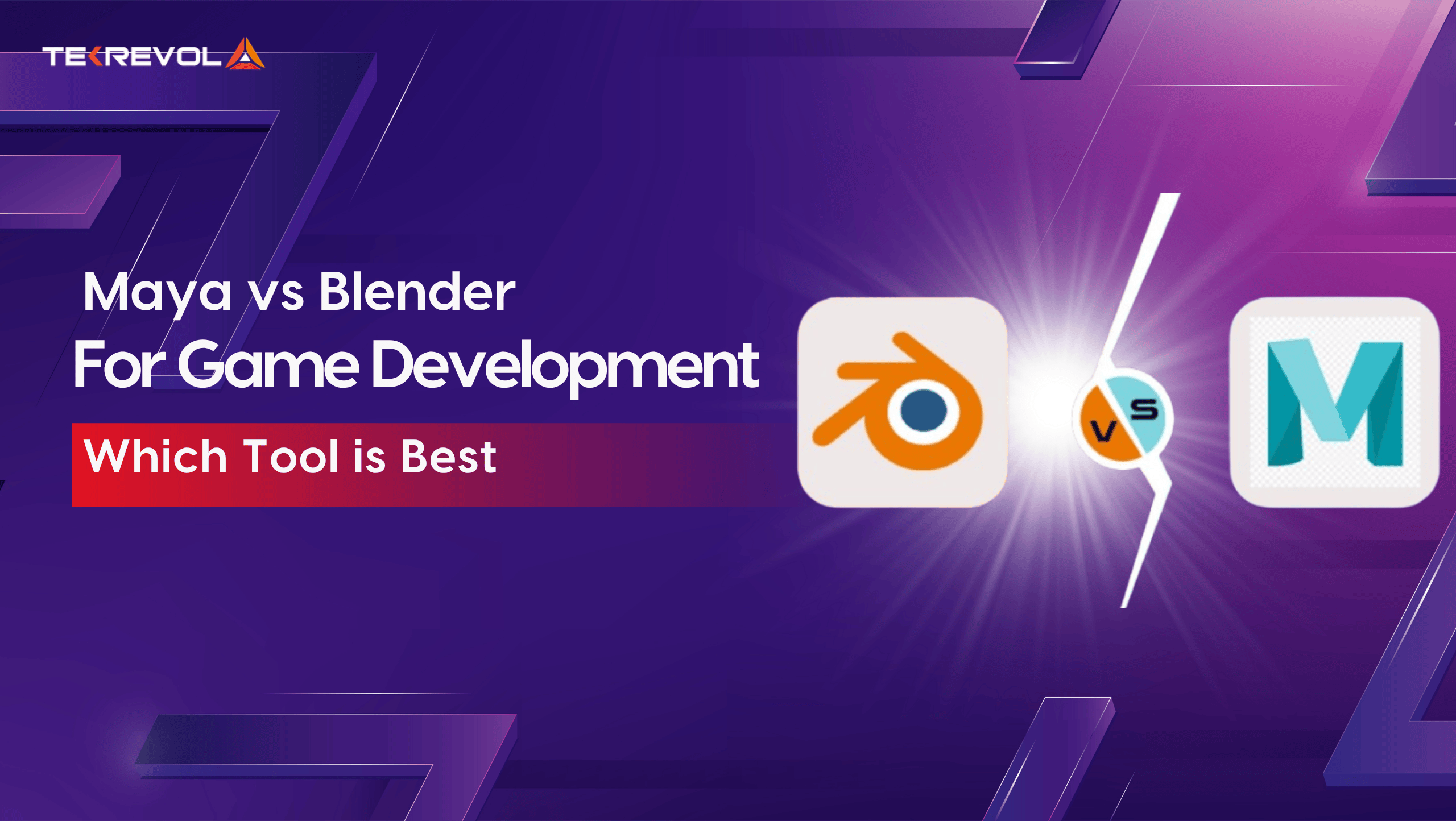Ever found yourself playing a simple phone game to pass the time, then realizing 20 minutes had flown by?
This is how casual gaming apps are made. They’re designed to be light and approachable. You don’t need to spend hours learning the rules or grinding through levels. All you have to do is just tap, swipe, and even before realizing, you are already hooked.
And while they might feel easy to play, there’s a lot of thought that goes into making them feel that way. From clever design choices to simple mechanics that keep players coming back, these games are built with accessibility, making them a huge part of players’ daily play sessions.
One more thing is these games aren’t just fun distractions; they’re also surprisingly buildable. You don’t need a massive team or endless funding. If you’ve got a solid idea and the right direction, you can bring it to life.
This guide breaks down everything you need to know: what casual games are, why they’re dominating the app stores, and most importantly, the costs, tools, and timelines it takes to build your own hit game.
What are the Casual Gaming Apps?
Casual gaming apps are built around one simple idea: keep things simple and fun. You don’t need long tutorials or complicated rules. They’re perfect for quick play sessions when you want to relax or kill some time.
Casual games span several addictive sub-genres from puzzles and endless runners to idle clickers and card games.
Top hits like Candy Crush, Flappy Bird, and Helix Jump are great examples of these games: simple to start, but surprisingly hard to stop playing.
And to be fair, the hype is real since we can witness that the players can’t seem to get enough. According to the 2024 report, mobile users now spend nearly an hour a day gaming, with casual games making up more than 78% of all downloads.
Key Features of a Casual Game
So, what makes these games so hard to put down? Here is a quick look at the features that players keep coming back to, time and again.
- Easy controls that anyone can pick up in seconds
- Short, bite-sized gameplay is perfect for quick breaks
- No confusing rules or tricky mechanics to learn
- Bright, fun visuals that catch your eye
- Rewards that keep you coming back for more
- Designed so just about anyone can enjoy it, no matter their age or experience level
What makes casual games stand out?
They are designed with minimal learning curves and “snackable” gameplay. You can play for a few minutes, then put them down anytime without losing progress. That’s why these games are everywhere and loved by millions worldwide.
What Are the Latest Trends in Casual Game Development
Casual gaming apps are changing fast, reshaping how players interact and stay entertained. To stay competitive, creators need to understand the latest shifts driving new gaming trends that balance quick fun with long-term engagement.
Here is what’s making waves:
Hybrid-Casual Games Are Taking Over
Ever played something super simple, only to realize you’re leveling up, unlocking new power-ups, and before you know it, you’re progressing like a hardcore gamer?
In simple terms, that’s a hybrid-casual game, the middle ground between casual gaming and midcore mechanics that players actually love.
Players are hooked, and the numbers prove it. In fact, hybrid-casual titles now make up nearly 1 in 3 casual game installs (29%), closing in on puzzle games, which still lead at 37%. It is a sweet spot between “snackable” fun and long-term engagement.
Ads and IAPs Equal Smarter Monetization
Monetization in casual gaming apps is also shifting. Instead of choosing just between ads or just in-app purchases, expert creators are blending both.
On iOS, games using this hybrid approach earned 55% of their revenue by day 7 and up to 66% by day 30, compared to slower growth from IAP-only models. In short, when done right, players are fine with ads and willing to pay, making monetization more sustainable.
Cross-Platform Is the New Standard
Gamers want flexibility. They might start on mobile during a commute, then switch to tablet or even PC at home. That’s why cross-platform development isn’t just nice to have; it is expected.
A recent survey shows 61% of USA gamers now play across multiple devices. If your game runs smoothly on Android, iOS, and web, you’ve already won half the battle.
AI Is Quietly Changing Everything
AI isn’t just a flashy trend anymore. Game app developers are using it behind the scenes to accelerate production, fine-tune gameplay, and even develop experiences for each player.
Just think of it like AI is adjusting the difficulty level instantly based on how you are playing, or designing game characters and assets. It’s like having an intelligent co-developer that improves every part of the game without getting tired.
Casual Gaming’s Market Dominance
The hype of casual gaming apps is taking over the industry. In 2023, they accounted for nearly 69% of all gaming revenue, and that number is only going up. By 2028, projections say they’ll dominate with over 76% of the market.
Why the surge? It comes down to simplicity and reach. Casual games are quick to learn, instantly accessible, and appeal to just about everyone, from teens and commuters to parents and even grandparents.
- Got an idea for the next hit casual game?
- We will help you build it faster, smarter, and within budget.
How Much Does It Cost to Build Casual Gaming Apps?
How much does it cost to develop casual gaming app these days? A basic casual game can cost $15K–$25K, while multiplayer apps may exceed $100K, depending on features, platform, and design quality.
Below, we list the most important cost factors and the estimated cost of simple game apps based on game types.
What Factors Influence the Cost of Developing a Casual Game?
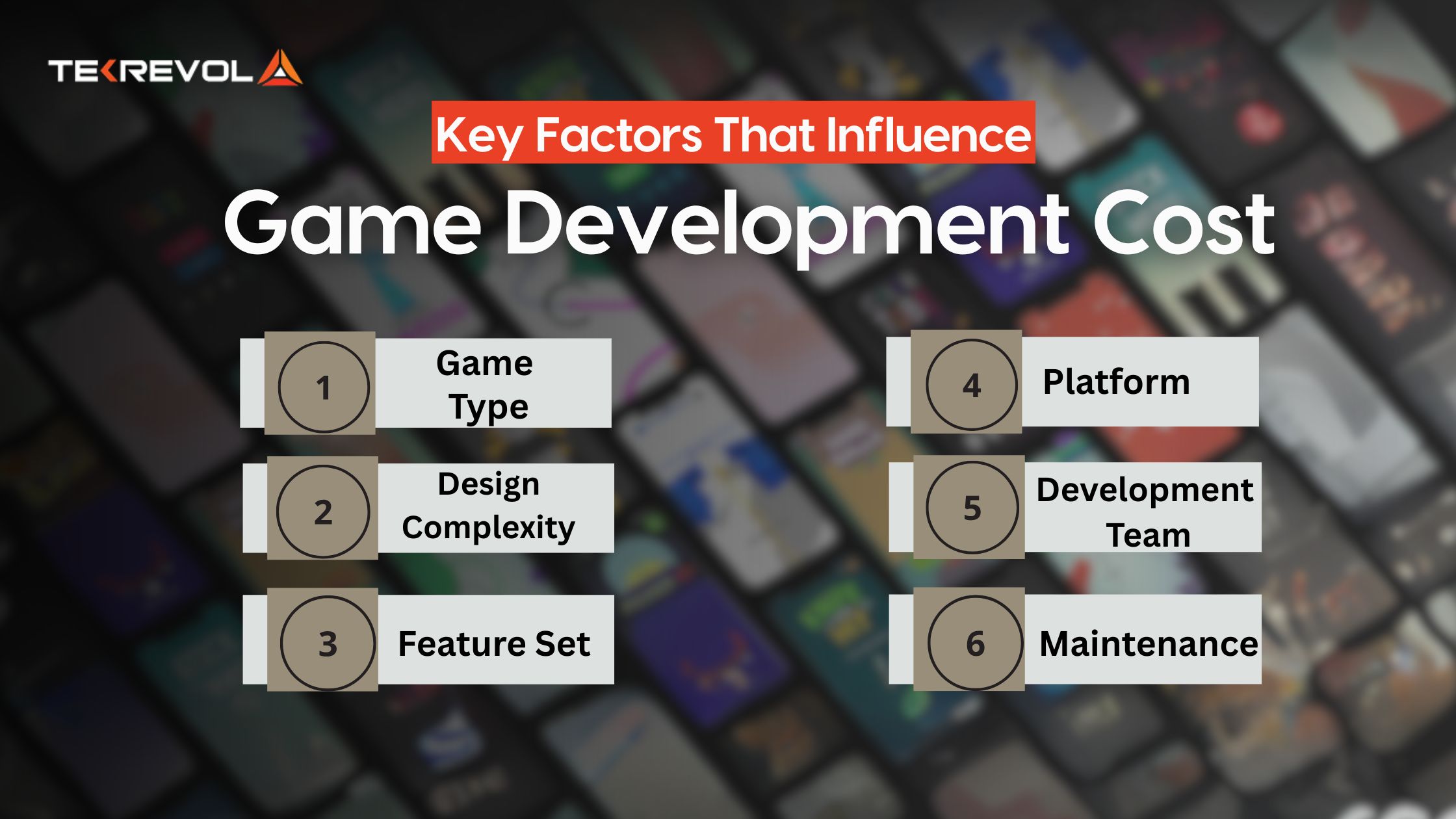
- Game Type: Simple puzzle or idle games generally cost less than more interactive casual games like endless runners or multiplayer experiences.
- Design Complexity: Going with 2D development? Great, it is lighter on the wallet. But if you are aiming for rich 3D visuals, be ready to invest more time and budget, especially when creating characters and environments.
- Feature Set: Planning to add ads, in-app purchases, multiplayer, or leaderboards? All those extras add value and cost. The more interactive your game, the higher the development bill.
- Platform: Building for Android or iOS is one thing. Want your game to run smoothly across both (or more)? That means extra testing, more dev hours, and a bigger budget.
- Development Team: If you’re watching your budget, freelancers might seem like the easy choice. But for smoother teamwork, better organization, and a higher-quality game, partnering with an agency or building an in-house team usually pays off, even if it costs a bit more upfront.
- Maintenance & Updates: Launch day isn’t the finish line. To keep players hooked, you’ll need to plan for ongoing updates, fix bugs, and add new content, so don’t forget about the costs that come after your game goes live.
How Does Casual Game Development Cost Vary by Game Type?
Here is a general idea of what different types of casual gaming apps can cost based on complexity and features:
| Game Type | Estimated USD Cost | Cost Factors Influencing Price |
| Basic Casual Game | $15,000 – $25,000 | Simple gameplay, limited levels, mostly 2D art, and UI |
| Hyper-Casual Game | $20,000 – $35,000 | Minimalist design, fast development, heavy focus on ads & IAPs |
| Multiplayer Casual Game | $50,000- $100,000 | Real-time features, backend infrastructure, and cross-platform support |
These numbers can vary, but they give you a ballpark for planning your casual gaming app development budget.
What Tools and Technologies Are Essential for Casual Game Development?
Casual gaming app development depends on the right combination of game engines, programming languages, and supportive tools.
Here are the most popular tools developers use today, from design to analytics.
Design & UI/UX Tools
A player’s first impression often starts before they even tap “Start,” which is why strong design tools are key:
- Adobe XD / Figma: They are great for building sleek wireframes and interactive prototypes, making your game’s interface easy and fun to navigate on mobile.
- Blender / Spine: They are used to create 2D animations or lightweight 3D assets efficiently, ideal for indie developers on a budget.
Game Engines
The game engine is the core of how your game looks, feels, and runs. Choosing the right game engine can save you time, cut costs, and reduce headaches, especially when creating casual games for iOS or Android.
Here are two popular choices that many developers swear by:
- Unity: One of the most widely used engines for a reason. It lets you build games fast, supports both 2D and 3D game development, and works smoothly on iOS and Android. Plus, its massive community means help, plugins, and tutorials are never far away.
- Godot: Looking for something free, lightweight, and flexible? Godot might be your best bet. It is open-source with no licensing fees and shines especially for 2D casual games. Qualities like easy to learn, regular updates, and active community support make it a solid choice for indie devs.
- Buildbox: In a rush or not comfortable with coding? Buildbox has you covered. It is a drag-and-drop engine focused on speed and simplicity, so you can build your game without writing a single line of code. Perfect for quick prototypes or fast launches.
Backend & Analytics
Casual gaming apps might seem simple, but they rely on solid backend support to run smoothly. That’s where the right tools come in. Below are some favorites that help casual game developers succeed:
- Firebase: It takes care of essentials like real-time databases, user logins, cloud storage, and push notifications. It lets developers focus on gameplay instead of backend hassles.
- Game/Unity Analytics: Once your game is live, tracking how players engage becomes essential.
Analytics tools like GameAnalytics and Unity Analytics help you see what players are doing in real time, what levels they quit on, what features they love, and where they’re dropping off so you can fine-tune the experience for better retention and monetization.
Programming Languages
The backbone of casual gaming apps is the code that powers them. It is important to choose the right tech stack, as it affects your game performance and integrates with engines and platforms. Some of the most common languages developers rely on include:
- C#: Widely used with Unity, great for both 2D and 3D games.
- JavaScript / TypeScript: Flexible for web-based or cross-platform casual games.
- Python / GDScript: Often used with Godot for rapid prototyping and lightweight projects.
Choosing the right language depends on the engine, target platform, and complexity of your game.
How Long Does It Take to Develop a Casual Mobile Game [Game Development Time Estimation]
Casual games might feel light and simple, but creating one that’s polished, addictive, and market-ready? That takes 6–20 weeks to build, depending on scope and complexity.
The good news? With the right tools and mobile app development team, your games can go from idea to app store in just a few months.

Phases of Game Development
Here’s a closer look at the typical flow of casual game development:
Ideation & Planning (1–2 weeks)
Every great game starts with a smart concept. This phase covers everything from core mechanics and art style to monetization models and player personas.
UI/UX Design (2–3 weeks)
Casual gamers expect sleek, simple casual gaming app interfaces. This is where your screens, buttons, and flows come to life—designed for clarity and fun.
Core Development (4–12 weeks)
The bulk of the build. Game mechanics are coded, levels are developed, and assets are brought together. Timelines vary depending on complexity and features.
QA & Soft Launch (1–2 weeks)
Time to test, tweak, and polish your casual gaming app. A soft launch with real players can surface bugs and insights before a full-scale release.
Post-launch Support (Ongoing)
Updates, new content, bug fixes, and feature improvements help retain players and grow your audience.
Time Estimates by Game Type
Development timelines vary based on scope, features, and whether your game is single or multiplayer. Here is a rough mobile app development cost breakdown:
| Game
Type |
Estimated
Timeline |
Key
Features |
Typical
Challenges |
| Simple Puzzle Game | 6–8
weeks |
Basic levels, simple mechanics, 2D UI | Balancing difficulty, simple UI design |
| Hyper-Casual Game | 8–10
weeks |
Addictive gameplay, polished visuals, smooth controls | Refining user retention, optimizing performance |
| Multiplayer Casual Game | 12–20 weeks | Real-time multiplayer, chat, and social features | Backend infrastructure, latency & sync issues |
- Curious how fast your casual game can go live?
- We craft a clear, tailored schedule that fits your goals and ensures on-time delivery.
How Do Casual Gaming Apps Make Money Today [Monetization Strategies]
Casual gaming apps aren’t just fun; they are big business nowadays. The smartest titles turn short play sessions into steady revenue streams through well-placed monetization strategies that don’t frustrate the user experience.
Here are some of the most effective mobile game monetization strategies that casual game developers use to generate revenue today:
In-app purchases (IAPs)
Whether it is an extra move in Candy Crush or new character skins in Subway Surfers, casual games thrive on microtransactions.
The key? Making purchases optional but tempting; think boosters, cosmetics, or premium currencies.
In-app advertising
Most free-to-play casual games make money through banner ads, interstitials, or rewarded videos. It is a smart way to generate revenue without putting up a paywall and turning players away.
Games like Stack or Crossy Road mastered this balance, offering players an ad for every retry, extra life, or bonus.
Mobile game developer often optimize their strategy using proven in-app advertising models that blend engagement with earnings.
Subscription model
Some titles go beyond ads and in-app purchases by offering weekly or monthly subscriptions that remove interruptions and unlock exclusive content.
This model is gaining traction among casual game apps, particularly those targeting loyal players who value premium perks and an overall smoother and uninterrupted experience.
Hybrid monetization
The most successful games mix and match. 94% of top-grossing casual games use a hybrid monetization model, balancing ad revenue with microtransactions.
A great example is Helix Jump, where players can choose to watch ads to skip levels or opt for an in-app purchase to play ad-free. This flexible model caters to both free users and paying players.
What Are the Most Common Mistakes to Avoid in Casual Game Development?
Even the best game ideas can stumble if common pitfalls aren’t avoided. Steering clear of the below mistakes can save you time, money, and frustration and set your casual gaming app up for long-term success.
- Overengineering game mechanics: Keep it simple. Complex features can overwhelm players and delay your launch.
- Neglecting UI/UX testing: A smooth, intuitive interface is key to player retention. Don’t skip thorough testing.
- Choosing the wrong monetization strategy: Ads, in-app purchases, or subscriptions? Pick what fits your audience and game style.
- Lack of post-launch updates: Games need fresh content and fixes to stay relevant and keep players engaged.
- Ignoring analytics and performance optimization: Data-driven tweaks help improve gameplay and boost revenue over time.
- Limiting your game to a single platform: Players expect flexibility. Ignoring cross-platform development can shrink your audience and hurt growth.
Why Partner with TekRevol to Develop Your Casual Gaming App?
Avoiding common pitfalls is only half the game; success depends on having the right game development team by your side. That’s where TekRevol comes in.
We don’t just build games, we build them to scale. With deep expertise in Unity and robust backend systems, we ensure your game performs seamlessly, even as your player base grows. And with full cross-platform support, you are covered on both iOS and Android.
What sets us apart? True partnership. From idea to post-launch, we stay in sync with your vision, keeping communication open and development agile so your game stays exactly the way you imagined it.
- Game concept nailed down, but unsure where to start?
- Our experts will help you plan smart, save costs, and launch faster.

